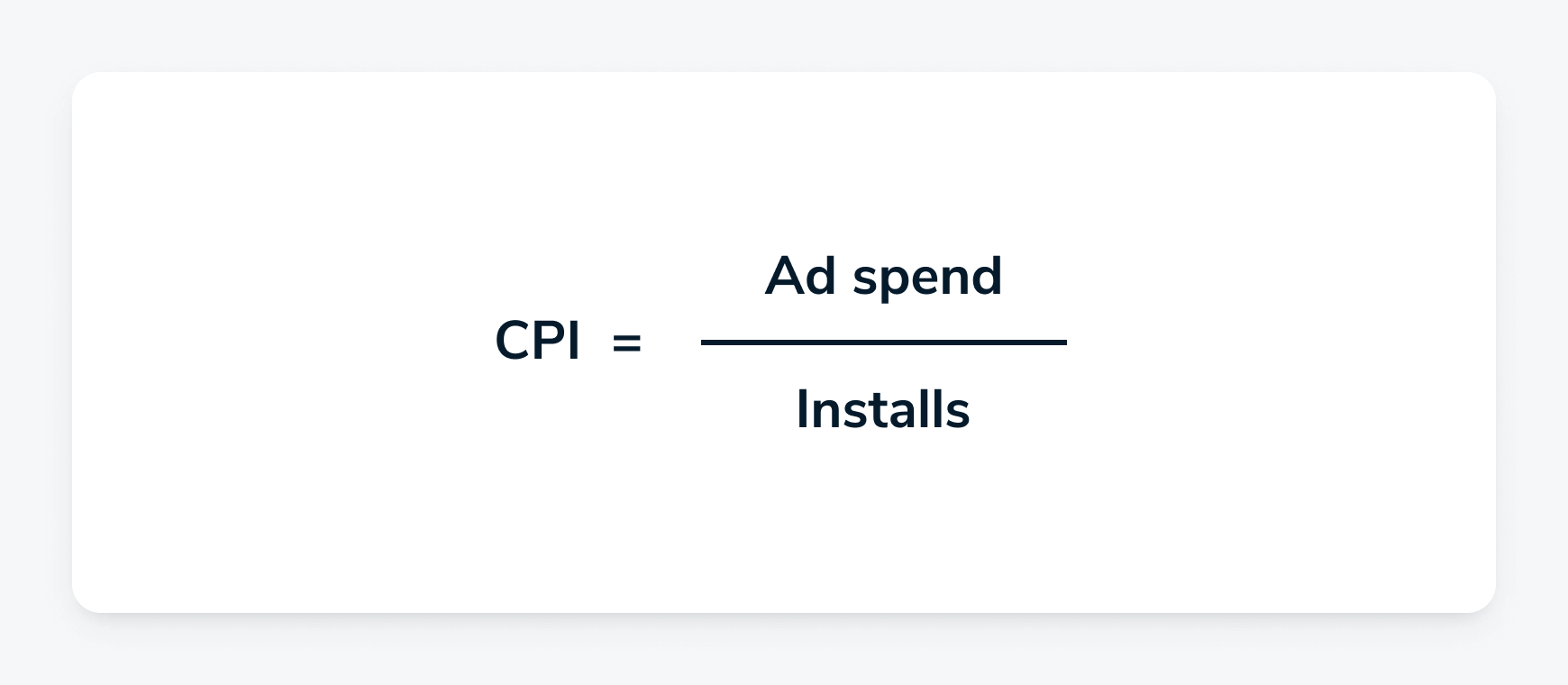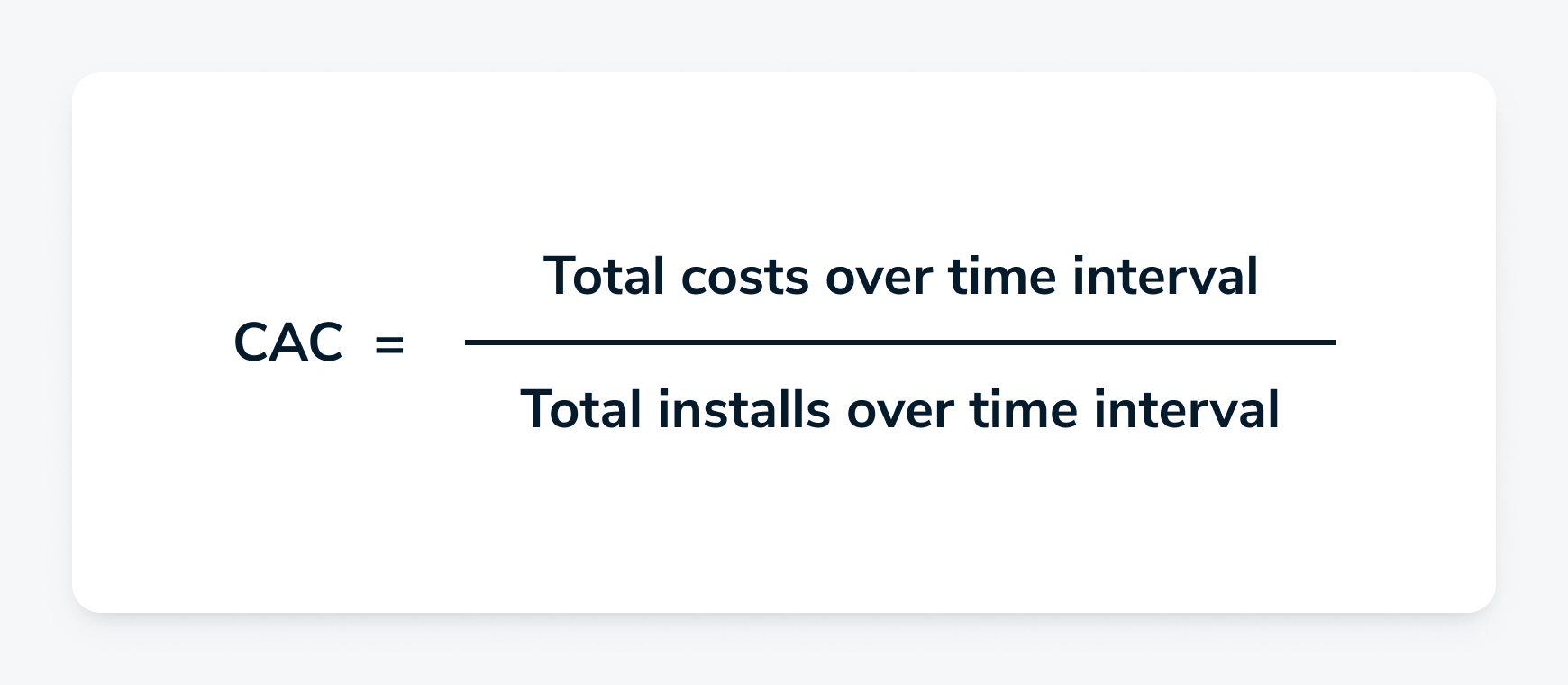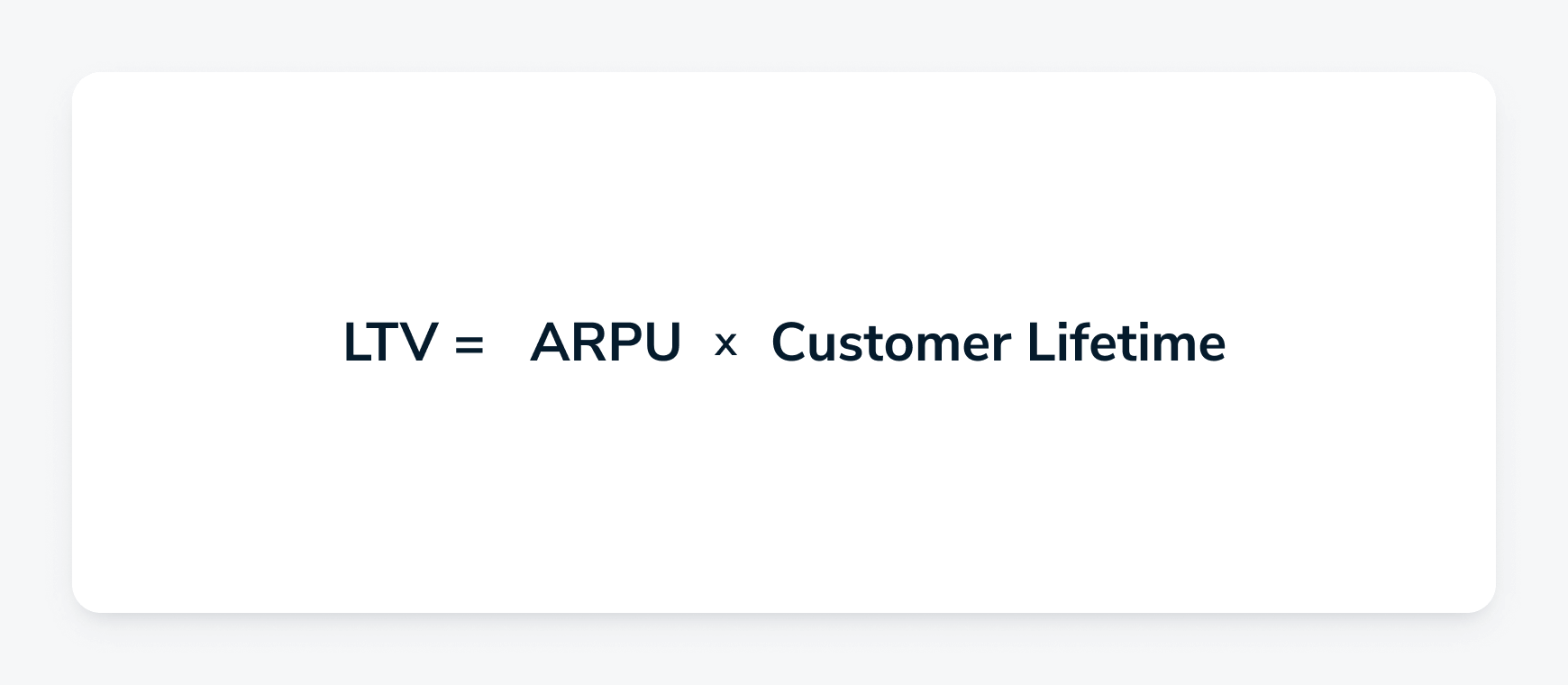Achieving sustainable growth for your mobile app is not a one-and-done process. Not only is the market changing, but so are UX trends, user behavior, user expectations and more..
Achieving sustainable app growth will require a detailed strategy to optimize the factors that contribute to an upward growth curve, such as maximizing both acquisition and retention while decreasing churn.
Mobile app growth traces your users’ path from finding your app, getting activated on your platform, and successfully being retained over time.
What is a normal growth rate for an app?
So.. benchmarking growth can seem intimidating, especially when you compare yourself to apps that see hundreds of millions of downloads. It’s important to keep in mind that your growth benchmarks should be considered relative to your niche, your competition, and your target markets.
According to authorities in the field, average 90-day retention for mobile apps across categories lie somewhere in the 20- 30 percent range.
To understand growth, you’ll also want to refer to other key metrics such as your DAUs, LTV, and CAC, which we’ll get into shortly.
What is the average life of an app?
According to Adobe, mobile apps use receive half their lifetime value in the first six months of being launched. On top of that, only 25 percent of apps are opened more than a single time. The competition is stiff in the mobile app space, with 2.1 million apps available in the Apple app store and 3.3 million apps available in the Google Play store as of 2022.
Predicting the lifespan of an app is no simple task, but one popular model uses downloads, ratings and reviews, and other factors to do so.
What percentage of apps are successful?
Unfortunately, app success statistics are notoriously dismal. Let’s take a look at the most popular cited statistics of app success.
- According to one statistic by Gartner, less than .01 percent of apps succeed.
- Another popular metric shows that 99.5 percent of consumer apps are doomed to fail.
- According to Business of Apps, 80-90 percent of mobile apps launched in the app stores are abandoned just after a single use
How to Calculate App Growth Rate
To understand whether your app is on an upward trajectory, you’ll want to monitor the following metrics as indicators of growth.
- Cost per install (CPI)- cost per install is a popular pricing model that measures the amount you spend on advertising in order for users to install your app. It can be calculated by dividing your ad spend by the installs you’ve incentives with the given campaign.

- Customer Acquisition Cost (CAC)- Cost per Acquisition is the price tag on acquiring a new app user over a period of time. In this context, cost encompasses not just marketing spend, but also development and overhead costs.

To calculate this metric, simply sum the costs of acquiring new users and then divide by the number of users you’ve gained over that tie period.
For reference, as of 2019, the average CAC in North America was 3.50 dollars.
- Lifetime Value (LTV) and Average Revenue Per User
Average Revenue per User (ARPPU)- This is another critical metric you can use to understand your mobile app growth. ARPU is calculated as your business’s total revenue divided by the number of paying users you’ve had over the time interval in question.

Lifetime Value is the monetary worth of a customer over the duration of their interaction with your app. LTV can be calculated as the average profit you stand to make from a user over their entire lifetime with your business. Whereas ARPU is LTV is an indicator of a user’s value to your business over a given time interval, LTV is important in projecting the future value of your user. ARPU is a measure of your current performance, whereas LTV is a measure of future performance/value.
- Retention- Retention is the number of users who stay on your platform on a weekly, monthly, or yearly basis.
- Daily Active Users and Monthly Active Users (DAU and MAU)— You should also reference at Daily Active Users (DAU) and Monthly active users (MAU), to understand the volumes of users active in your platform on a daily and monthly basis and to benchmark growth over time.
DAU and MAU can tell you when you’re helping users stick and where they are churning from your app experience.
Mobile App Growth Strategies
1) Focus on Product Improvements
Think about what’s most important to the users who access your platform. Their User experience, or UX, will determine whether or not they return to your app over time, which affects your app’s retention and LTV. Putting user experience at the core of your growth strategy will ensure that you’re directly addressing your users needs, concerns, and priorities within your app.
Data supports that for every dollar spent on UX design, companies see an ROI of 100 dollars.
With the growth of subscription models, UX has become ever more paramount. Your competitors likely know this and are likely pulling out all the UX stops to keep users on their platform.
Ways you can optimize your UX include revamping your onboarding flows, which help your users get activated on your platform. You can also pinpoint moments in your app experience where users are churning from your app and making improvements in these places in order to reduce friction.
For example, maybe users are churning after matching with other users on your social app, indicating that they need a push to reengage with the platform such as a push notification or SMS reminder.
2) Gather and Integrate User Feedback
Creating a feedback loop with your users will enable you to better adapt your app experience to be more satisfying. By acting on direct customer input is the optimal way to address your users’ needs and desires, which will in turn boost key success metrics like retention and LTV.
When it comes to understanding your users’ opinions and preferences, companies often fall into the trap of executing product decisions by assuming they know what users want. Rather than discussing product improvements internally, you should be surveying your users themselves about what they like, and don’t like about your app experience or set of product offerings.
If you’re looking for an easy and direct way to request feedback without exhausting development resources, consider using an in-app survey.
In-App Surveys are bite-sized user surveys that are directly integrated into the app experience. You’ll likely receive a higher response rate with this type of survey, because it is a short, low-effort way for them to comment on their app experience without even leaving your platform.
With in-app surveys, you achieve a direct and targeted line of communication with your customers, which helps you seamlessly collect the exact data you’ll need to optimize your product.
3) Devise a Full Funnel Marketing Strategy
When you’re embarking on your growth quest, you should always be taking a full-funnel marketing approach because too often, companies focus their resources too heavily on one stage of the customer lifecycle, such as retention. Acquiring more users may seem like low-hanging fruit for your business, but retention is necessary for sustainable growth.
4) Focus on Both Organic and Paid Acquisition Channels
It’s tempting to pour budget into paid ads to drive traffic to your app, but organic customer acquisition can be a more sustainable approach to growing your user base, thus decreasing your CAC.
Performing App Store Optimization
If you work on the marketing side of a mobile business, you’ve likely heard the buzzword “App Store Optimization.” If you’re not familiar with this term, it refers to the process of optimizing elements of your app store listing in order to rank higher in app store searches. .
Often compared to SEO, or Search Engine Optimization, App Store Optimization can improve your discoverability, decrease your acquisition costs, market to different global segments, and ultimately drive downloads.
App Store Optimization also involves adapting your listing based on popular stores’ algorithms, such as the apple app store and google play stores.
Elements you’ll need to optimize within your listing include your title, keywords, descriptions, and visual elements.
5) Localizing Your Offering
Another way that companies can effectively drive the growth of their user base is through localization.
Localization is the process of tailoring your offering to one or more markets. For instance, Starbucks may localize its snack bar options based on local customers rather than offering the same products across the globe.
You should only put resources into localization after you’ve ascertained the viability of a new market. Before you pour money into translating your offering or adapting it to new markets, you need to evaluate whether there’s even a market opportunity for your app in the target region or country. All of this requires extensive market research.
Your localization efforts should align with your global company strategy. Let’s say, for instance, you’re a storytelling app catering to North American and South American markets. You might conduct a market analysis and decide it’s worth translating your content into Spanish in addition to English, but you might opt to exclude Portuguese from your localization efforts until you understand more about your Brazilian user base.
Get Started with OneSignal
OneSignal is designed to help you seamlessly manage your user communication across every channel, including mobile push notifications, web push notifications, bulk SMS, in-app messaging, and email. Our platform is quick to set up and makes it easy to customize and automate your messaging strategy without doing any development work. If you don't have a OneSignal account, you can create one for free and start driving engagement today.
Get Started for Free



